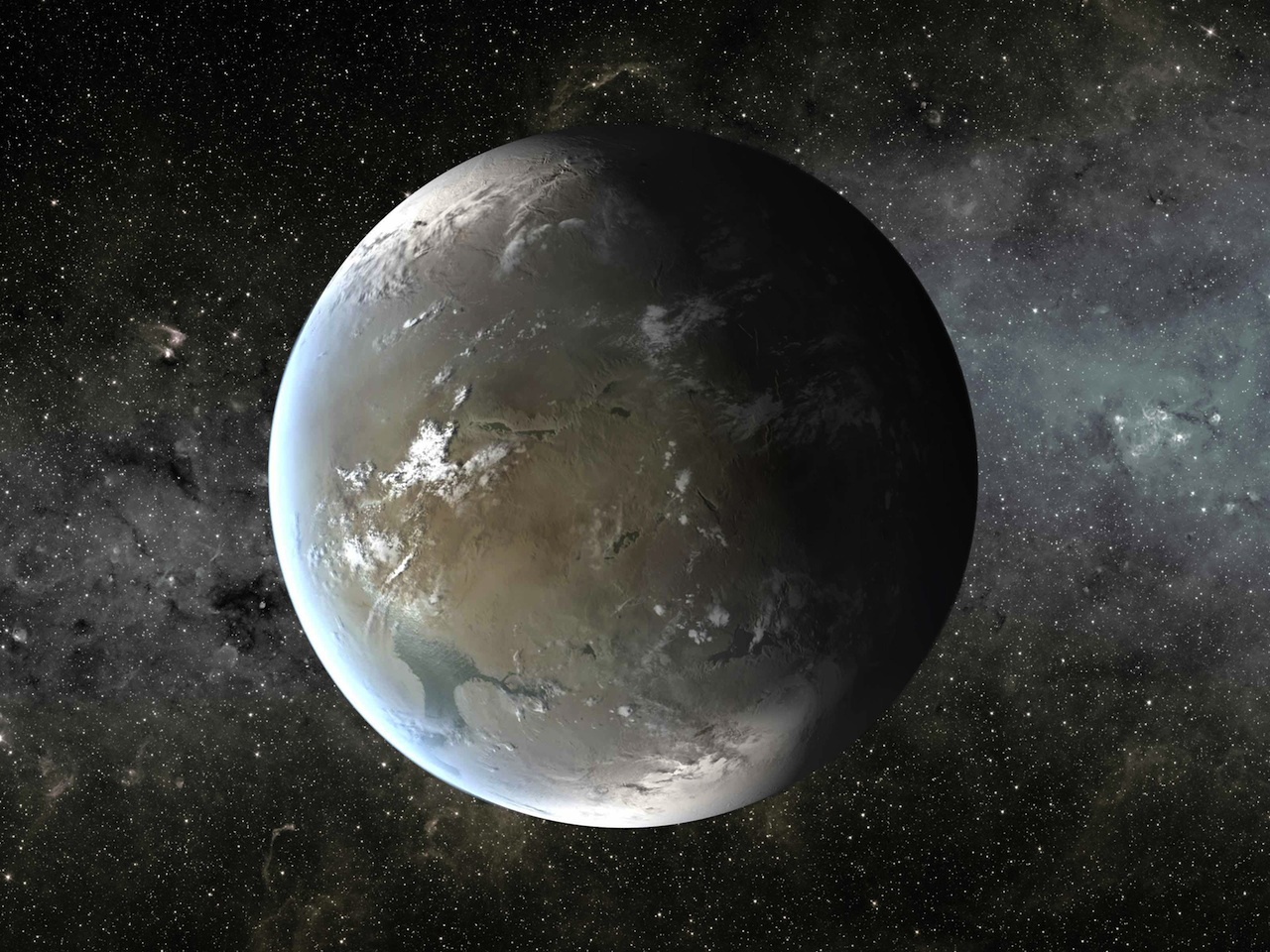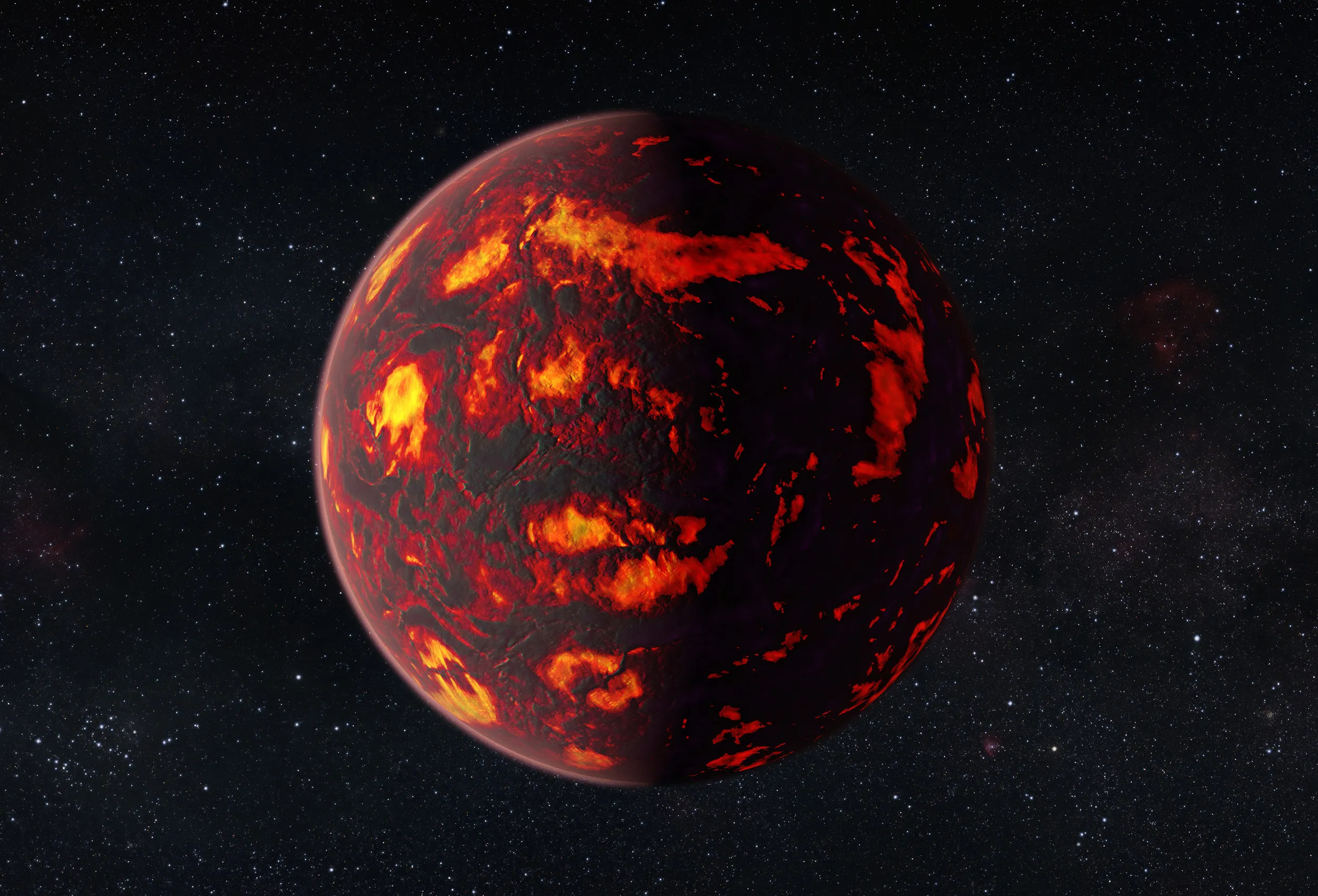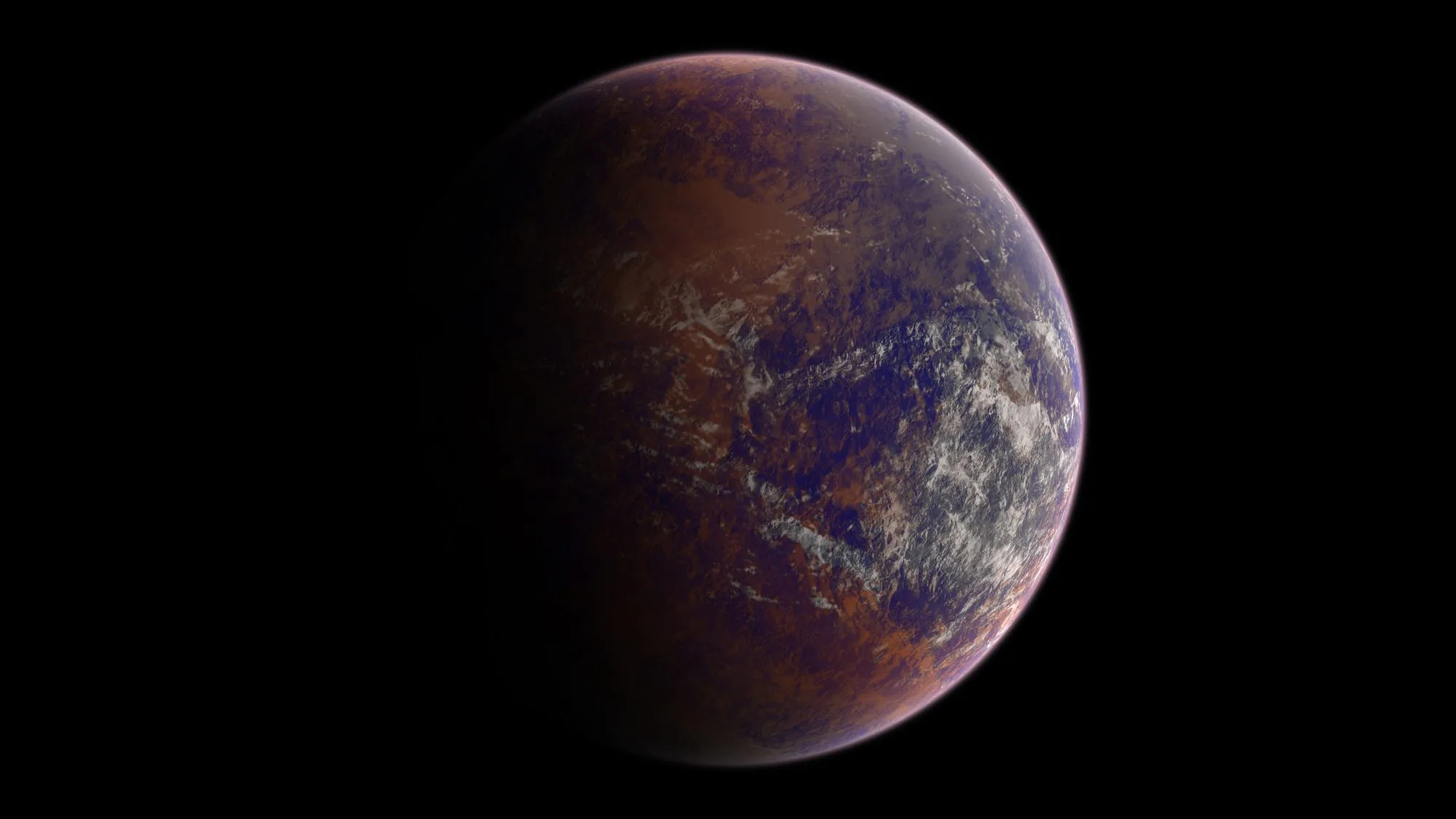Super-Earths
Take a look at few examples of super-earths

Kepler-62f
Super-Earth exoplanet in the constellation Lyra. Discovered using the transit method.
Know More
Gliese 581c
Gliese 581c is one of the first Super-Earths discovered in the habitable zone.
Know More
